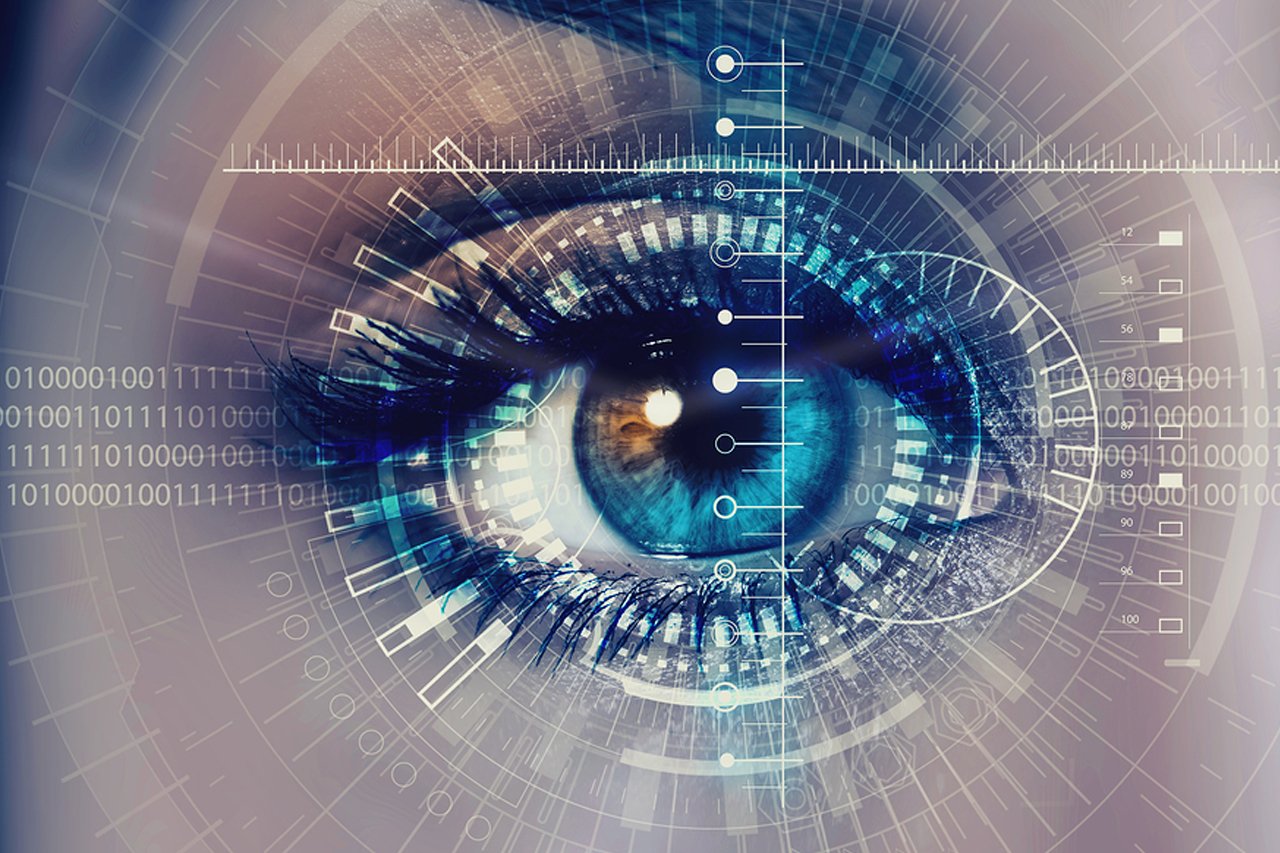Early Signs of Heart Diseases Appear in the Eyes
According to experts, Eye doctors may be able to detect signs of heart disease during a comprehensive eye exam. A new study finds that people with heart disease tend to have retinas marked by evidence of eye stroke.
Eye strokes happen when the eye is deprived of blood flow and oxygen, causing cells to die. This creates a mark, called a retinal ischemic perivascular lesion. These marks can be spotted when eye doctors run optical coherence tomography, or OCT is order to take a closer look at the retina.
OCT scans of the retina are valuable ways to detect disease and dysfunction in all parts of the body — not just the eyes. Eye scans can detect signs of Alzheimer’s, Parkinson’s and other underlying health conditions.
How eye exams can detect heart disease
The eye is the only place in the body where a doctor can see the live action of blood vessels, nerves and connecting tissue without relying on an invasive procedure. That’s why eye doctors are often the first to detect health conditions including high blood pressure, high cholesterol, stroke and more.
While the marks left behind by eye strokes may be present in low numbers in healthy people, those with heart disease tend to have a far greater number. Researchers arrived at these results by reviewing the medical records of 84 people with heart disease and 76 healthy people, all of whom had received a retinal OCT scan.


